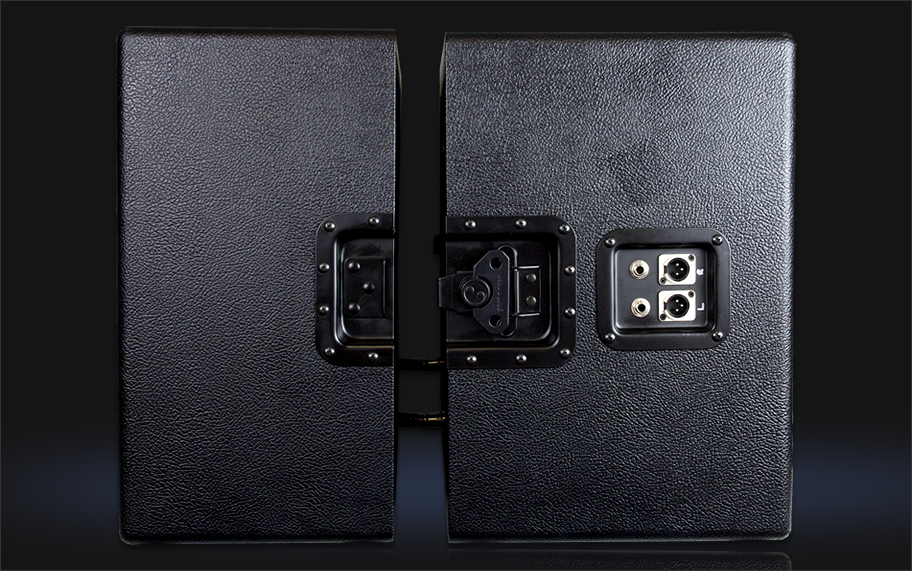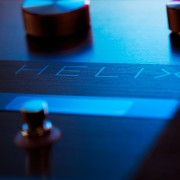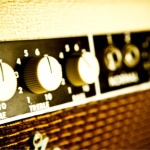Building an Isolation Box for a Guitar Cab

In this article we’re going to finish what we started last week and look at some effective ways to reduce the volume of your backstage guitar cabinet.
The Problem: Even though you’ve moved your guitar amp back stage, it can still get loud. You may have placed your amp in a equipment closet, corridor, or an otherwise un-used space. However in many situation the sound pressure level coming out of that amp is still enough to bleed back on stage, or scare the folks who need to get by it during worship. Sometimes an acoustic isolation box is needed to reduce the level of the amplifier by 30dB or more. This week we are going to explore a number of different approaches to building, buying, approximating or digitally modeling an isolated guitar cabinet.
Tube amps get hot. So please don’t put your lovely tube amp into a sealed and well insulated chamber. It will overheat and eventually stop working.
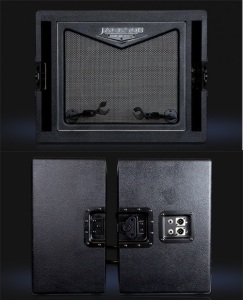 The Solution: Approach #1 – The Store Bought ISO Cabinet.
The Solution: Approach #1 – The Store Bought ISO Cabinet.
Lets start with the Jackson Ampworks 1X12 ISO Cabinet. Its a ported 12” cab with 2 mic mounts that offers 30dB of sound reduction for $1200. You can select from 5 speakers when you order which will allow you to get very close to the sound of your favorite amp. Take the speaker output off your head or combo to drive the Ampworks cabinet. Drop in a couple of your favorite mics, say an Sennheiser e609 and a Cascade Fat Head II, close her up and you’ll get your amp tone and feel without blasting anyone out! _**If you simply must have a guitar speaker and a microphone, this is the way to go.**_
Approach #2 – The DIY Cabinet
If you’re anything like me, you’ll want to consider a DIY approach. There are a number of [videos](https://www.youtube.com/watch?v=xFxH9sVe3Ls&feature=youtu.be) and recipes online, and while there are a number of ways to approach a DIY project like this, I’d like to suggest a hybrid approach that is flexible enough to handle larger 1X12 cabinets and addresses some of the acoustical problems of a sealed square box.
For a great DIY ISO cabinet, in which you could place your favorite 1X12 guitar cab, I’m going to suggest we start with a standard 45″X30″X30″ size utility road case.
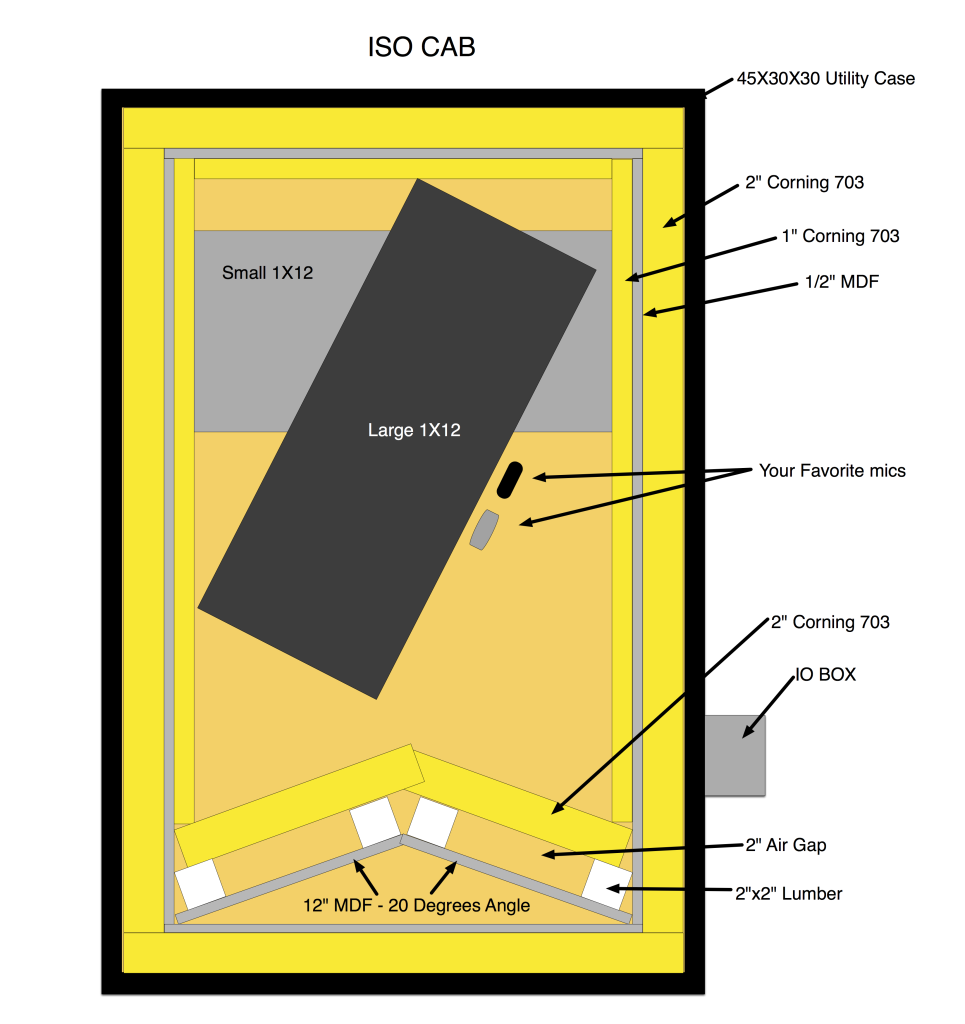 1. The first step is to caulk the inside corners of the case with an Acoustic Sealant. Corning makes a product you can find at Home Depot called Quitezone Acoustic Sealant.
1. The first step is to caulk the inside corners of the case with an Acoustic Sealant. Corning makes a product you can find at Home Depot called Quitezone Acoustic Sealant.
2. We will line all surfaces of that case with 2” Corning 703 rigid fiberglass. Make sure the lid can close once your complete lining it.
3. Build a 1/2” MDF Box within the lined utility case, use angle brackets to hold it together and caulk it as well. Put a couple straps on the inner lid so you can remove it when needed.
4. Now we’re going to drop in two 12” pieces of MDF to create an angled reflective surface to beam the cabinet at. This will go a long way to addressing the boxy sound of many DIY ISO boxes by reflecting the sounds of the cabinet into the absorptive sides of the iso box and not back onto the speaker.
5. We will employ 2”x2” lumber to create an air gap then apply 703 to the front of our angled surface.
6. We will then line the remaining part of the inner box, including the top and bottom with 1” 703 rigid fiberglass and cover all the inner surfaces with felt.
7. Finally pull 2 mic lines and 2 12ga speaker lines in though the side of the box. Drill the smallest hole you can manage to squeeze those 4 cables though. Make sure you label and terminate the 1/4” and female XLR’s inside of the box. Give yourself 6′ of lead inside.. Externally, build a small wooden box to attached to the outside of the case, and terminate the XLR (male) and 1/4” females on a panel. Caulk the cable access hole tight.
While this might sound like a fun project, it turns out to cost about as much as the Ampworks cabinet to build.
 Approach #3 – The Analog Cab Simulator / Load Box
Approach #3 – The Analog Cab Simulator / Load Box
Palmer and Radial both have analog cabinet simulation boxes that do two things for the guitarist: 1. They put a 100 watt load on the amp, which allows the tube amp to perform safely without a speaker cabinet connected. Tube amps generally don’t do well without a cabinet connected… most will stop working within minutes…just sayin’
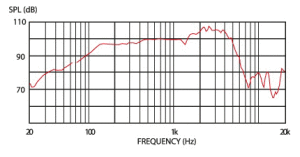 2.. The analog sim boxes filter the output to sounds like a guitar speaker. While these boxes are somewhat primitive when compared to modern modeling technology, the Palmer and others like it have been used successfully on national tours for years to get a great amp tone to the mixer without having live cabs on stage.
2.. The analog sim boxes filter the output to sounds like a guitar speaker. While these boxes are somewhat primitive when compared to modern modeling technology, the Palmer and others like it have been used successfully on national tours for years to get a great amp tone to the mixer without having live cabs on stage.
 Approach #4 – The Modeled Cabinet Simulator
Approach #4 – The Modeled Cabinet Simulator
Finally I would like to introduce you to my favorite method to achieve great amp tone without using a live cabinet. The Two Notes Torpedo Live. The Torpedo uses convolution technology to capture the response of both the amp and the microphone. The Torpedo has dozens of cabinets and mic selections to choose from. Or you can capture the sound of your favorite mic and cabinet and load it in as a custom “IR”. Once you’ve performed the “IR” capture process, the Torpedo will reproduce the sound of your favorite cabinet and mic placement and safely load your tube amp for a silent stage.
So there you have it, a couple of options to consider on your quest to get guitar amps under control and “TURN IT DOWN”.
Until next time. D
Know someone else who might benefit from receiving our weekly insights? Share this link with them so they can sign up. We sincerely appreciate your referral. http://mad.ly/signups/27988/join

